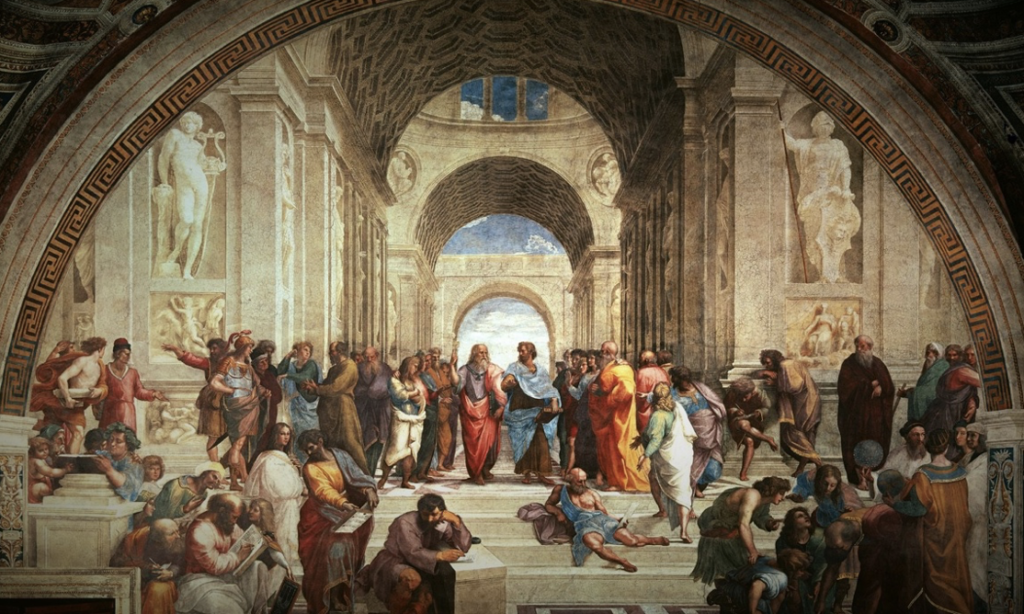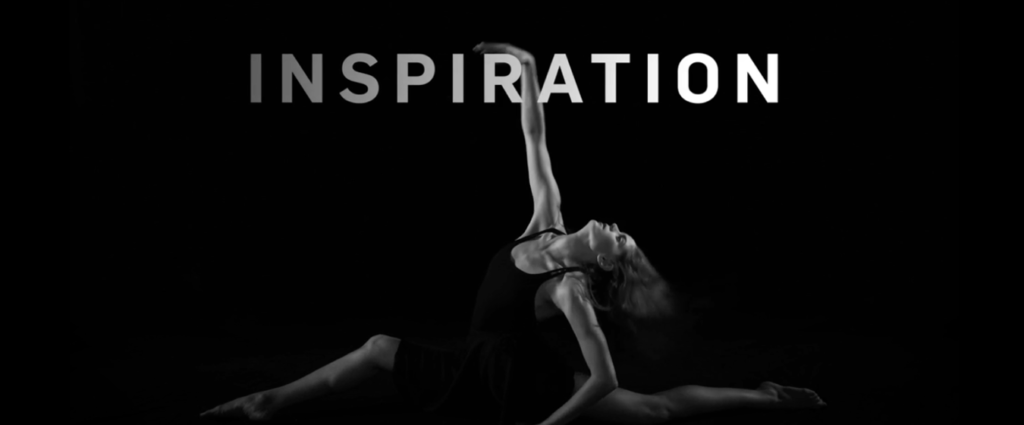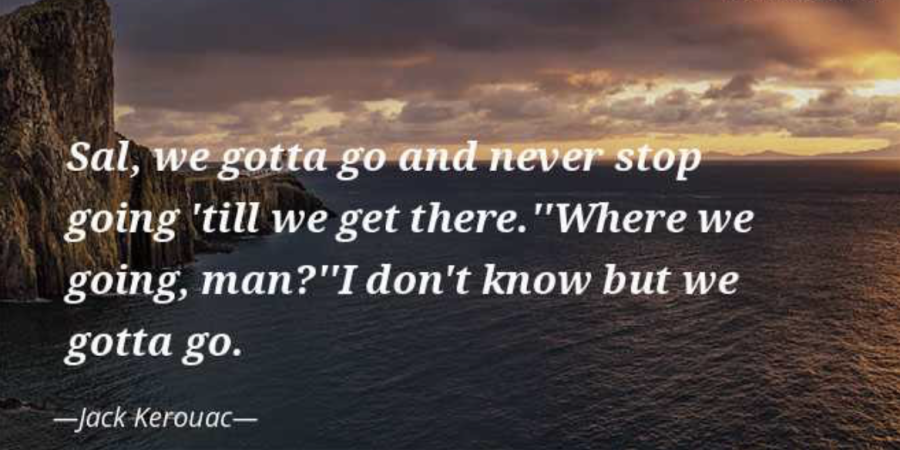In this week that marks the 100th anniversary of the birth of Jack Kerouac – author of “On the Road”, the cult novel of the beat generation – we’d like to take the opportunity to quote a couple of phrases from this iconic book that we’ve often used to explain our vision:
“Sal, we gotta go and never stop going ’till we get there.’
“Where we going, man?”
“I don’t know, but we gotta go.”
And this one we really love:
“The only people for me are the mad ones, the ones who are mad to live, mad to talk, mad to be saved, desirous of everything at the same time, the ones who never yawn or say a commonplace thing, but burn, burn, burn like fabulous yellow roman candles exploding like spiders across the stars.”
For us, these are metaphors for the importance of moving without stopping, avoiding paralysis by analysis, exploring new paths despite the uncertain outcome, and the drive to innovate and create new products.
Creativity is an intriguing aspect of being human; it is difficult to identify how it is produced, what drives it and what truly motivates it. And often the simplest and most effective way to get creative inspiration is simply through movement. This is not just mere speculation or literary quotations, indeed a 2014 study by Stanford University concluded that the act of moving, or walking, increases our creativity by 60%.
Walking, thinking, talking, creating. This urge to move, travel and experiment to find inspiration. And it is not only Kerouac who reminds us of this, but also the ancient Greek philosophers, depicted walking while deep in discussion with their colleagues, carrying books (their working tools). In fact, Raphael’s fresco “The School of Athens” shows Aristotle and Plato walking while discussing their philosophical ideas.
 It was therefore no coincidence that Aristotle created his “peripatetic” school, which stems from analysinghis teaching method. The word derives from the Greek “peripatêtiko”, which translates as “those who stroll”, “those who walk”, “the itinerant” or “the wanderer”.
It was therefore no coincidence that Aristotle created his “peripatetic” school, which stems from analysinghis teaching method. The word derives from the Greek “peripatêtiko”, which translates as “those who stroll”, “those who walk”, “the itinerant” or “the wanderer”.
This explanation originates from one of his students, Hermippus of Smyrna, who explained that his teacher enjoyed long walks in gardens and along the rivers, while at the same time presenting his lectures.
And that is what we try to do at Arthur Holm, create meeting spaces that inspire decision-makers through technology in motion, innovative products and meticulous design that integrate into furniture, while leaving the smallest possible trace.
 It is amazing to know that Kerouac, (the storyteller who typed as hard and forceful as a man slamming his foot on a car’s accelerator), would always light a candle every time he started a story. The setting was just as important to him, so much so that it crept into his writing.
It is amazing to know that Kerouac, (the storyteller who typed as hard and forceful as a man slamming his foot on a car’s accelerator), would always light a candle every time he started a story. The setting was just as important to him, so much so that it crept into his writing.
So in the same way, a meeting room’s design has a profound influence on the overall decision-making process, on promoting creativity and on solving issues.
